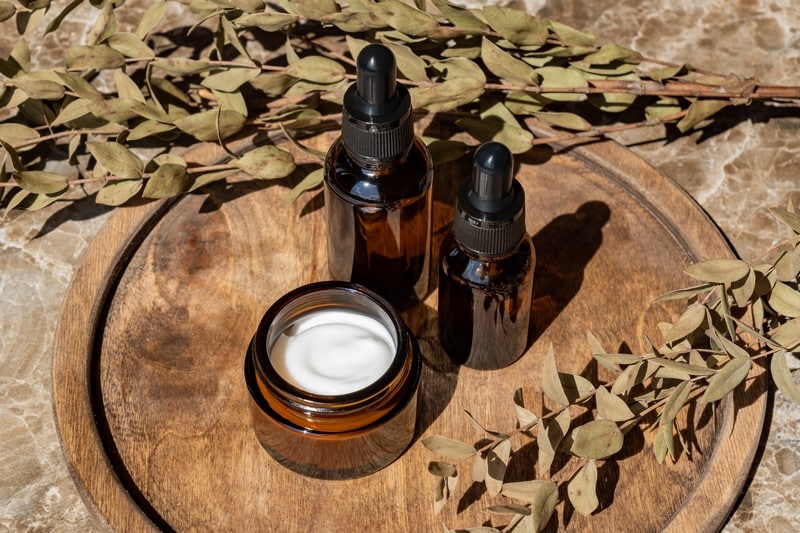Balanitis is described as the inflammation and pain of the tip of the penis or glans. It is a common condition among men who are not circumcised since they are more prone to fungal, bacterial, and yeast infections. This is because the foreskin (which is removed in circumcision) traps urine, dead skin cells, moisture, and dirt, making it an ideal place for microorganisms to thrive.
Balanitis is often triggered by several things, including improper hygiene, bacterial and fungal infection, and penile trauma. It can also be caused by underlying health conditions like obesity, sexually transmitted diseases, and diabetes. Men of any age can experience balanitis, but it is more common among the elderly.
There are three different types of balanitis. First, Zoon’s balanitis, the most common type, occurs among uncircumcised men. Patients with Zoon’s balanitis may experience swelling and redness of the foreskin, glans, and penis. The next type is called circinate balanitis. Circinate balanitis is an effect of reactive arthritis. Patients with circinate balanitis may notice small lesions or sores on the tip of the penis. And the last type of balanitis is pseudoepitheliomatous keratotic and micaceous balanitis. This is the rarest type of balanitis where patients can develop warts and scales on the foreskin and glans.
Balanitis can be a standalone disease, but often, it is a side effect of underlying conditions. This is why the treatment for balanitis depends on its root cause. This article lists the different ways to treat balanitis.
Anti-fungal Creams

Candida is a fungus that naturally lives in different places of the body, like the oral cavity, throat, intestines, vagina, and penis. In small clusters, candida thrives without causing harm or adverse effects to the human body, so its presence usually goes unnoticed. However, an overgrowth of this fungus can lead to inflammation, irritation, and infections.
Candida thrives in areas that are secluded, undisturbed, and moist. The space between the foreskin and the glans is the perfect environment for fungi to grow and multiply, especially among uncircumcised men. Poor hygiene, tight and wet clothing, and harsh soaps can also trigger a penile infection, leading to balanitis. This can be avoided by bathing regularly, washing the penis, and drying the foreskin after urinating.
However, if the yeast infection has already led to balanitis, follow the instructions on the prescription label. Ensure to sanitize before applying a thin layer of the cream to the foreskin, glans, and other affected regions of the penis. Wait for a few minutes before wearing underwear. It is also essential to continue using the cream unless cleared by the doctor. Most anti-fungal creams are for external use, so do not ingest or take the cream by mouth.










